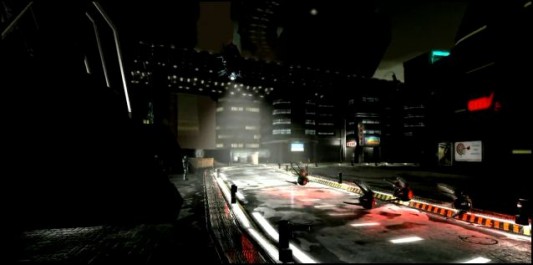OPTIS Group acquires SimplySim to extend physics-based simulation into new realms both real and virtual.
For the first time light simulation specialist OPTIS Group (Toulon, France) is playing the acquisition game, expanding its technology portfolio by buying fellow French firm SimplySim. The goal is to not only make their CAD rendering software better, but to provide the tools for perfecting both virtual and real environments for robots. The acquisition follows OPTIS’ physics-based strategy, integrating predictive light effects and human vision perception.

The big claim to fame for OPTIS is their SPEOS solution, the physics-based rendering tool that works inside CATIA V5, SolidWorks, and the PTC product formerly known as Pro/Engineer (now Creo Elements/Pro). More than 1,600 manufacturers, including giants in automotive, aeronautics, and electronics are in the customer list. Because the software runs inside the CAD programs, it becomes a tool for near-instantaneous first renderings, speeding the design review process.
SimplySim (Sophia Antipolis, France) specializes in real-time rendering, with a focus on 3D, simulation, and robotics. OPTIS says SimplySim technology will allow it to expand its real-time product portfolio into “an innovative, state of the art 3D platform, fully compatible with multi-physics engines, resulting in greater realism in the global simulation.”
SimplySim’s primary product is SimplyCube, used to develop, visualize and test virtual environments with physics behavior being applied to every entity. SimplyCube is compatible with the Newton Dynamics and NVIDIA PhysX physics engines, allowing users to generate realistic behavior for any object, adding realism both in appearance and depth of field.
SimplySim has been working to make their software viable for simulation of real-world situations, for two purposes. The first is for creating accurate visualizations of objects inside virtual environments, providing the first idea of appearance for stylists and designers. The second is more out there; SimplySim wants to give robotics developers the tools for a virtual vision experience. During R&D the software would allow virtual testing of a robot’s capabilities, and then the software would provide the final product—the robot—with visual processing capabilities.

What we think
The holy grail of visualization is the simulation of reality indistinguishable from the real thing. It turns out tricking the human eye is easier than the robotic one. The combination of OPTIS and SimplySim will make it easier to connect virtual and real worlds through robotics. The applications are wide-ranging, from unmanned (or occupied but driver-free) vehicles, reconnaissance technologies for the defense industry, to autonomous street monitors and tour guides. The seeing-eye dog of the future may look more like a Roomba than a German Shepherd.
The heightened realism possible from this software will also apply to creating games and game-type serious simulations. OPTIS Group says it will soon be announcing its first SimplySim-integrated solutions along these lines.





